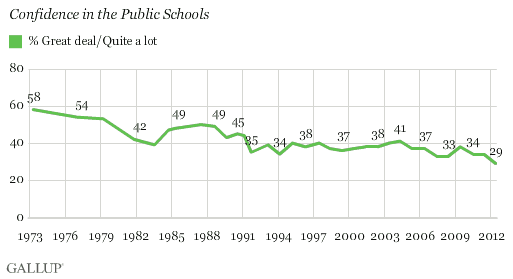Devin Vodicka
This post was originally published on https://learnercenteredleadership.blogspot.com/ on January 19, 2020.
People make hundreds of decisions every day. For teachers and for school leaders, there are consequences to these decisions in terms of their effect on children. We also form habits as a way to simplify decision-making where many of our choices are fairly automatic. Whether we’re talking about those subconscious habits or well-thought-out choices, one of the frames that we ought to be considering is the level of risk based on potential outcomes. In many cases, the less-risky option is to go with what we know and stick to what is comfortable.
In terms of education in the United States, I would argue that there is often perceived security in the status quo and that, in fact, an honest evaluation of risk would make it clear that urgent and significant changes are required if we are serious about activating the potential of all learners. The first question that should be asked is: “what are the consequences of inaction?” and in the case of our current reality those consequences are simply unacceptable. Most recent statistics show that we’ve improved to an 85% high school graduation rate. In spite of these increases, that still means that 15% of our students do not even complete high school. Increasing disengagement as students matriculate through the K-12 system is an indicator that we not connecting with students in a way that embodies the strong relationships and relevant learning we would want to see. These challenges, coupled with slow rates of change in school and rapid change in the world around us, are leading to steep declines in public confidence in our schools.

So when we consider whether we should try something that stretches our comfort level, we should of course be strategic and thoughtful in our approach. Simply doing more is not the answer either. As indicated by Katie Martin, different approaches are required if want to see meaningful change. In addition, we should push ourselves to be comfortable with our own discomfort when the desired changes are challenging. After all, many of our students are already uncomfortable with their present experience.
Evaluating the risk of change should begin with an understanding of the consequences of inaction. If the current reality is unacceptable, then we must take action to make improvements. The time is now to do what is right for our students, for communities, and for society. Let’s work together to find ways to inspire every learner. Let’s do it now.